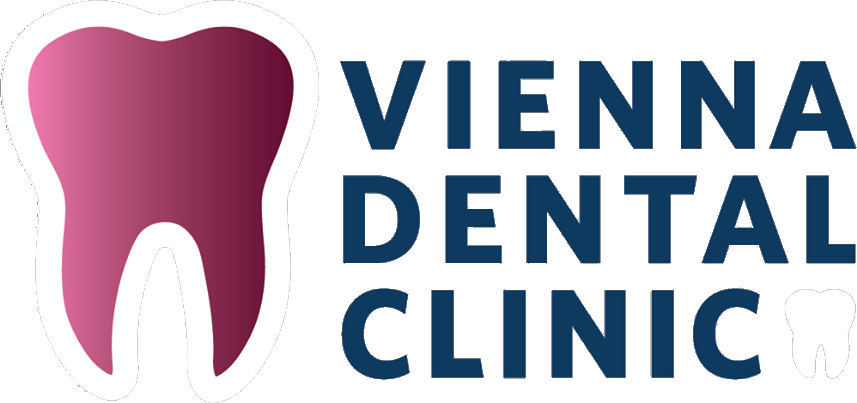It’s never too late to commence orthodontic treatment, as we know. However, did you know that an earlier consultation may be preferable to a later one for children’s teeth?
There are many reasons children should see an orthodontist as soon as possible. However, it is critical to understand that early evaluation does not always result in early treatment. If orthodontic treatment is required, we usually monitor the child’s growth patterns until we see time to start treatment. It allows us to get the best results most efficiently and to help prevent future problems.
Four signs your child needs early orthodontics
Early orthodontic treatment can eradicate the need for braces and is increasingly regarded as the modern approach. We can evaluate your child’s bite and tooth positioning as early as age seven at Vienna Dental Clinic. Using a child’s still-growing jaw allows us to use gentle treatments that may avoid the need for surgery or long-term braces. If you have a child under seven, these are signs to look out for:
- Mind their mouth –long faces, flat cheeks, receding chins, narrow jaws, and gummy smiles with insufficient room for all adult teeth. All these issues can arise because of an open mouth! If your child’s mouth is frequently open, it could be because the tongue is not properly seated against the roof of the mouth. It is the optimal position for allowing the jaw to grow correctly and create the right amount of space for the adult teeth.
- Listen to their breathing –Nasal breathing is what our bodies are designed to deliver filtered, moistened, and warm air directly to our lungs. Mouth breathing, on the contrary, has a slew of negative consequences, such as sleep deprivation (which can affect behaviour and academic performance), improper jaw development, and an open bite.
- Check out their chin –Ask your child to bring their lips together and observe their chin. If you observe or feel the chin muscle move or go hard, they’re straining to bring their lips together, impacting jaw development.
- Look at their lips –Ask your child to swallow together; if the lips move, it may indicate that their teeth are not properly aligned. Examine their top teeth as well – do they rest naturally on the lower lip? If this is the case, it also indicates a misalignment.





